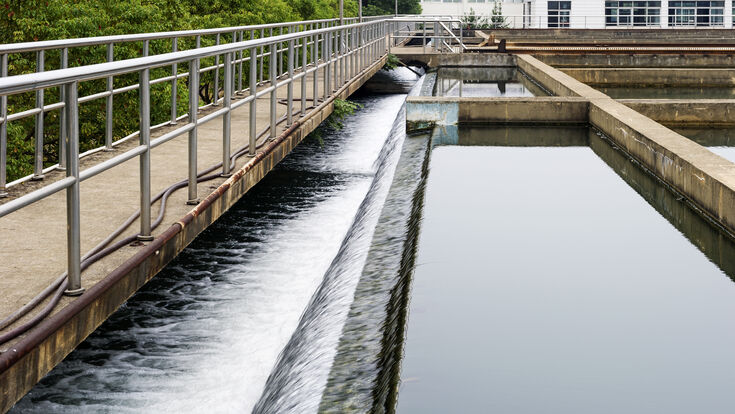Recycling : Calls for water recycling grow louder in the US

In the US, water recycling is gaining momentum.
Each day, about 3,4 billion gallons of water are recycled across the country. Close to 40% of water used for agricultural irrigation is recycled. Cities in the southern part of the state are investing in water reuse with Los Angeles planning to recycle 100% of its wastewater by 2035.
Yet this only represents a small fraction of the total volume of generated wastewater.
In the western states of the US, current droughts saw the largest reservoirs in the country, Lake Mead and Lake Powell, emptied of two thirds of their volume this past June. A rural California community ran out of water altogether. National food production has been affected, with farmers selling their water allotments instead of growing crops. Under the current state of affairs, calls for investment in water recycling technologies have been particularly loud.
House of Representative members from Nevada, Arizona and California proposed a bid for $750 million in federal grants to support water reclamation, reuse and storage projects in 17 Western states through 2027. The amount is supposed to ensure the development of systems that process wastewater from sinks, toilets and showers and use it to help recharge depleted aquifers.
Large costs
Water recycling as a process has been around for over a century and is pretty straightforward. A wastewater facility runs microbes through wastewater, which consumes the organic matter contained within. Said water is then filtered through membranes which serve to filter out viruses and bacteria. In a final stage, the water is blasted with UV light to kill of any remaining contaminants. The final product is so pure, in fact, that the human body can’t handle it on its own, which is why the water recycling plant has to add minerals back.
Rep. Jared Huffman of California, one of the Representatives who introduced the idea to Congress, said: “Severe drought is becoming the new normal for folks in California, and we can’t allow band-aids and one-sided solutions to result in another water war. Water policy doesn’t have to be a zero-sum game, and it’s time we invest in large-scale water infrastructure projects that will provide drought resiliency without endangering important ecosystems across the state”.
A draft infrastructure funding bill released by the US Senate Energy and Natural Resources Committee also urges for an allocation of $1 billion towards reuse projects and $1,15 billion for better water storage systems.
Wastewater recycling technologies are expensive which is why, as of yet, they have not been applied across the board. The costs have to do with the fact that filtering equipment does not come cheap coupled with the fact that pushing water through a facility also requires large amounts of energy.
Yet as climate change heralds further water emergencies in the US, the financial stimulus proposed by these legislative measures makes for a first step in the right direction.
